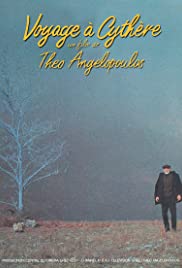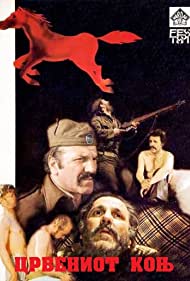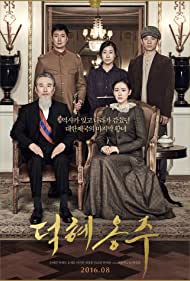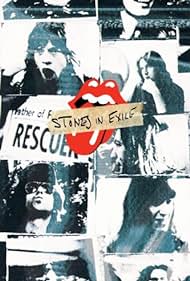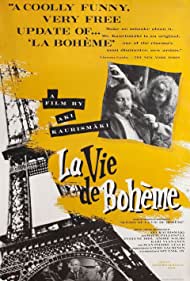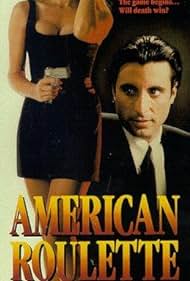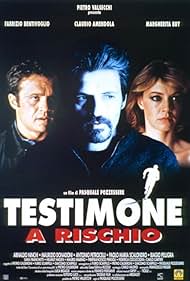Holding Fast Soundtrack (2008)

Buy on Amazon Play and download Soundtracks
Holding Fast
Holding Fast
Holding Fast
Synopsis
Holding Fast
A brief portrait, in images and a complex musical composition, of life in the Tibetan Self Help Center in Darjeeling, India. The score for this film plays an equal role to the images and was composed of actual sounds from the camp, re-edited and combined with an original violin composition. The film reveals Tibetan refugees subsisting as they make and sell rugs and other painstakingly hand crafted items. Unable to return to their homeland and without citizenship in India - we witness life in a kind of limbo.
The film first examines the terrain around the camp in the foothills of the Himalayas, and surrounded by lush green Darjeeling tea plantations. We are taken inside the camp to view the most ordinary of daily activities: children playing cricket and basketball, women washing up dishes, people chanting together in a common prayer service, where tea and bread is also shared. Then we enter into the carpet making areas where we find almost all women doing everything from cleaning and spinning their own wool, to the dying, weaving and trimming by hand.
Side by side with these timeless crafts, we find some children at the camp, in a new computer room, chatting online; others watch one of the camp's few televisions, which features shows even a golf game in the U.S. Into the evening, life quiets, and we watch teens chat idly as a mother cleans her tiny kitchen. In the final movement, the film follows a much older woman in the camp as she walks down the hilly paths from her single room home to the work areas; she takes up her job of making balls of wool yarn, one after the other.
The film's final images reveal the Show Room where all the carpets and other items made in the camp are sold to tourists, by the sale of which they survive.

